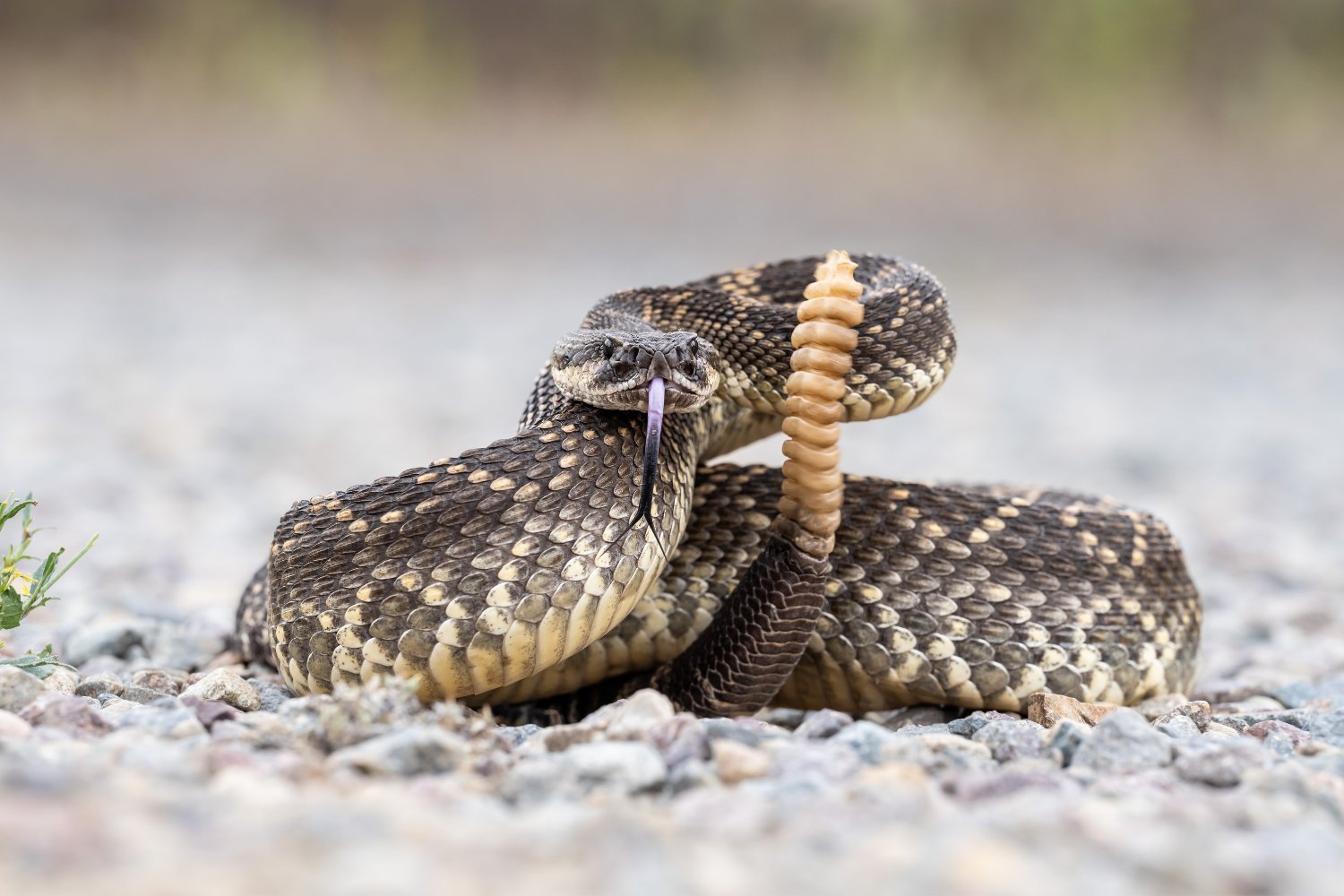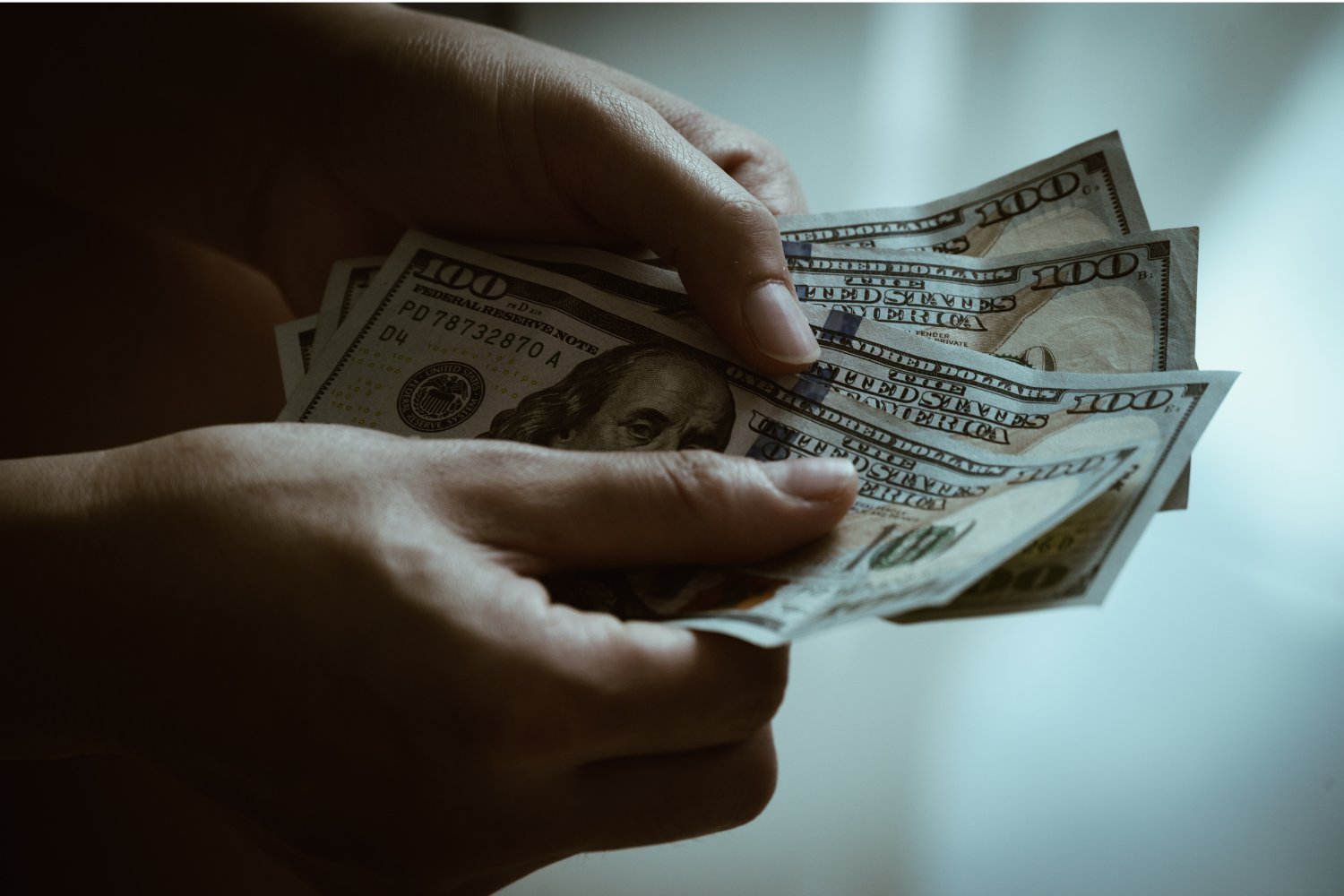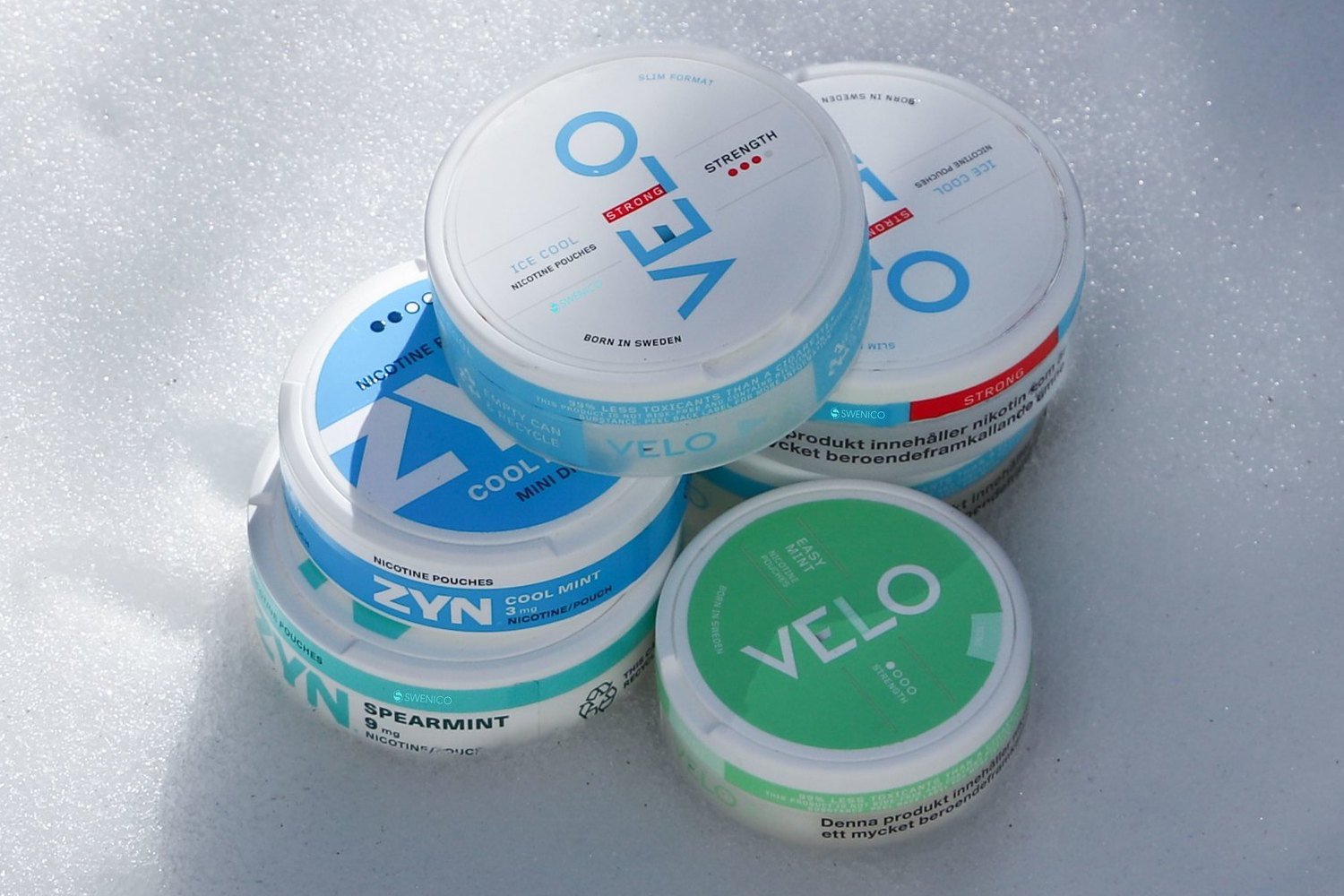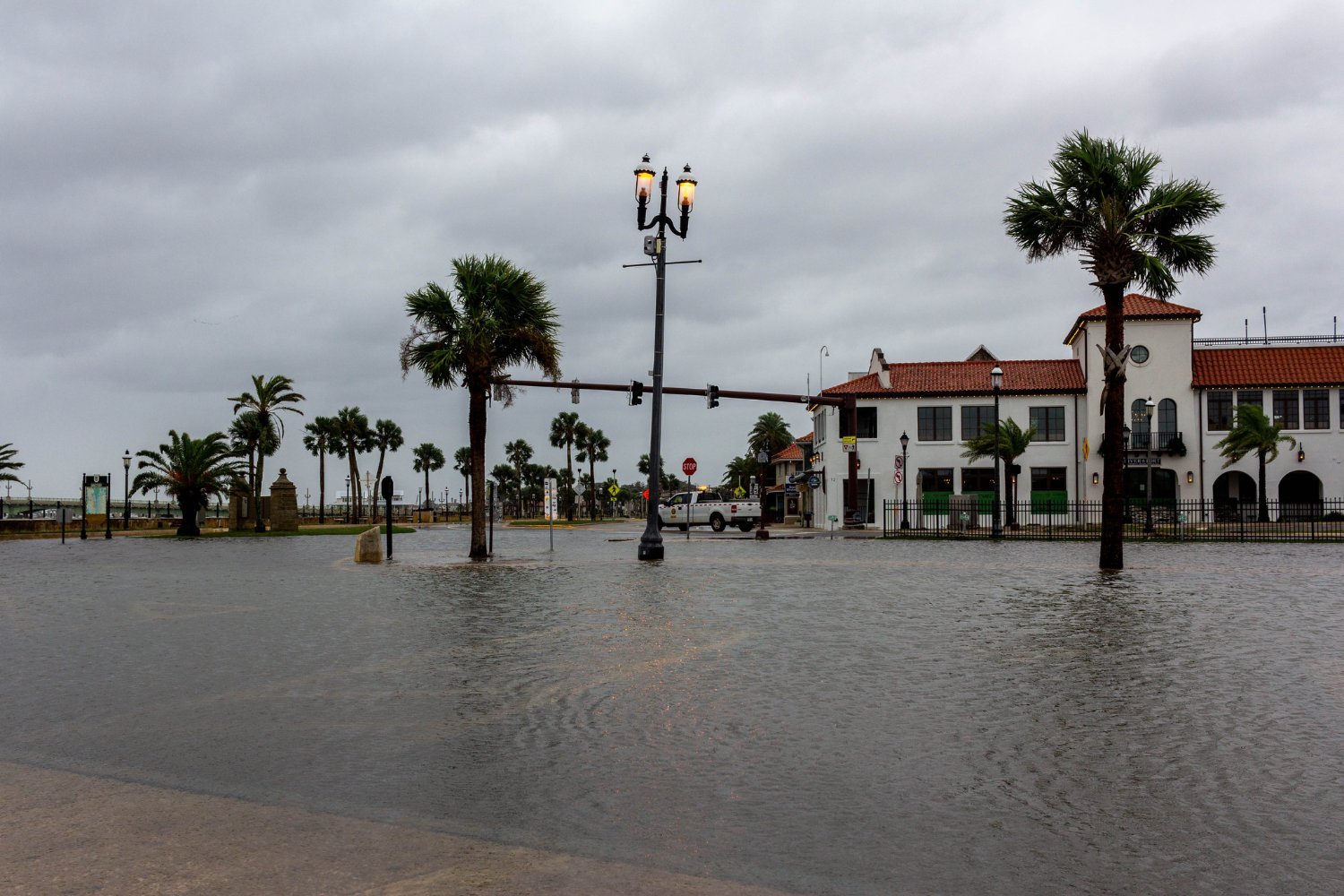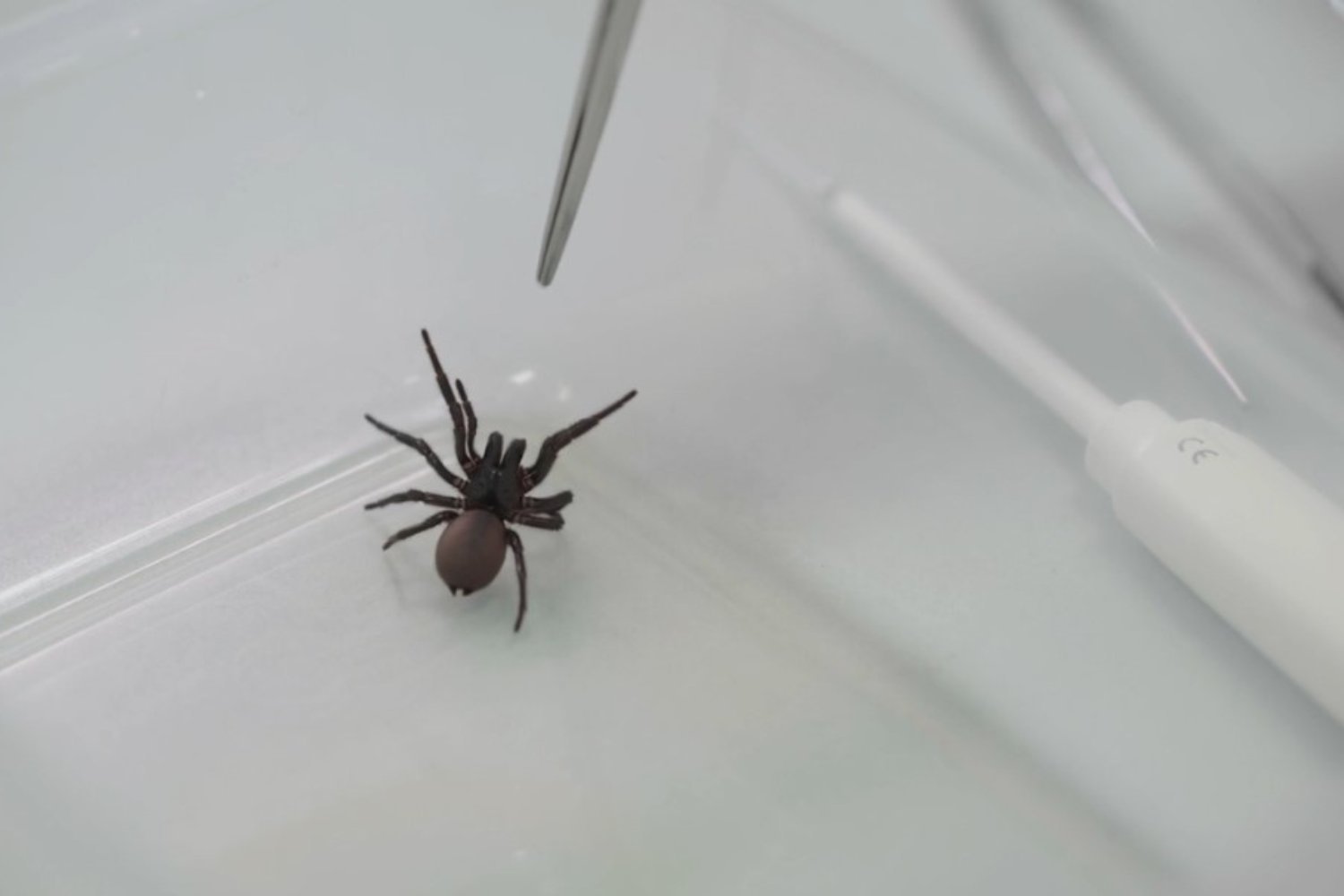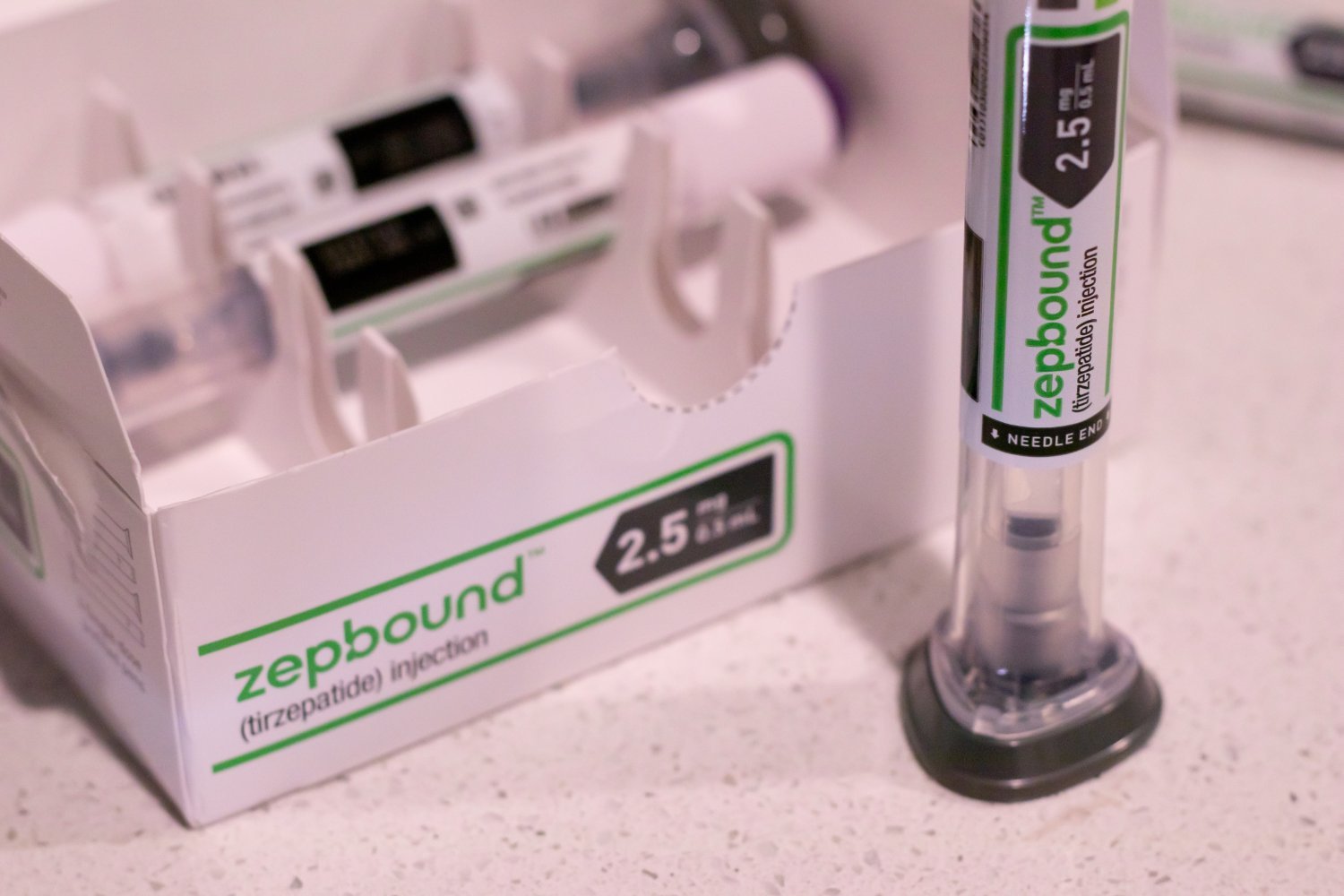A California toddler’s recent encounter with a rattlesnake resulted in a shockingly high medical bill, highlighting the exorbitant markups hospitals impose on antivenom. While the young boy, Brigland Pfeffer, thankfully recovered from the venomous bite, his family faced a staggering $297,461 bill, raising questions about the true cost of this life-saving treatment.
This story, reported by KFF Health News and NPR, reveals the financial burden families can face even with insurance coverage. Two-year-old Brigland was playing in his backyard when a small rattlesnake bit his hand. By the time paramedics arrived, his hand was swollen and discolored. He was rushed to Palomar Medical Center Escondido, where doctors administered Anavip, a crucial antivenom medication. Despite initial difficulties administering the drug, Brigland responded well and was discharged within a few days.
The relief of Brigland’s recovery was quickly overshadowed by the arrival of the enormous bill. While the charges included ambulance rides, emergency room care, and several days in pediatric intensive care, the most significant expense was the antivenom itself, totaling $213,278. This raises concerns about the justification for such high charges, especially considering the relatively low production cost of the medication.
Health policy expert Stacie Dusetzina, who reviewed the bills, described the charges as “eye-popping.” She emphasized that “charges” are often inflated figures unrelated to the actual drug cost. Research indicates that mass-producing a vial of antivenom costs around $14, with only $9 attributed to manufacturing. Furthermore, studies suggest that hospitals often markup antivenom prices by approximately 70% to generate revenue and offset overhead costs.
This pricing structure leads to significant discrepancies in antivenom costs between hospitals. Brigland’s family was initially charged $9,574 per vial at the first hospital and $5,876 per vial at the second, even though Medicare and hospitals typically pay around $2,000 per vial.
While the Pfeffers’ insurance ultimately covered a significant portion of the antivenom treatment, they still faced a $7,200 out-of-pocket expense, the maximum allowed by their plan. They also incurred additional costs not covered by insurance, including one of the ambulance rides. Adding to their financial strain, the family recently received a letter stating they owe an additional $11,300.
Brigland has thankfully recovered well, though he now favors his left hand due to lingering nerve damage and scar tissue affecting his right thumb’s dexterity. His mother, Lindsay Pfeffer, expressed her gratitude for his fortunate outcome. This case underscores the pressing need for greater transparency and regulation in antivenom pricing to prevent families from facing crippling medical debt in times of crisis.
This incident highlights the disparity between the cost of producing life-saving antivenom and the exorbitant charges levied by hospitals. The Pfeffers’ experience serves as a cautionary tale about the hidden costs within the healthcare system and the need for more affordable and accessible medical care.



